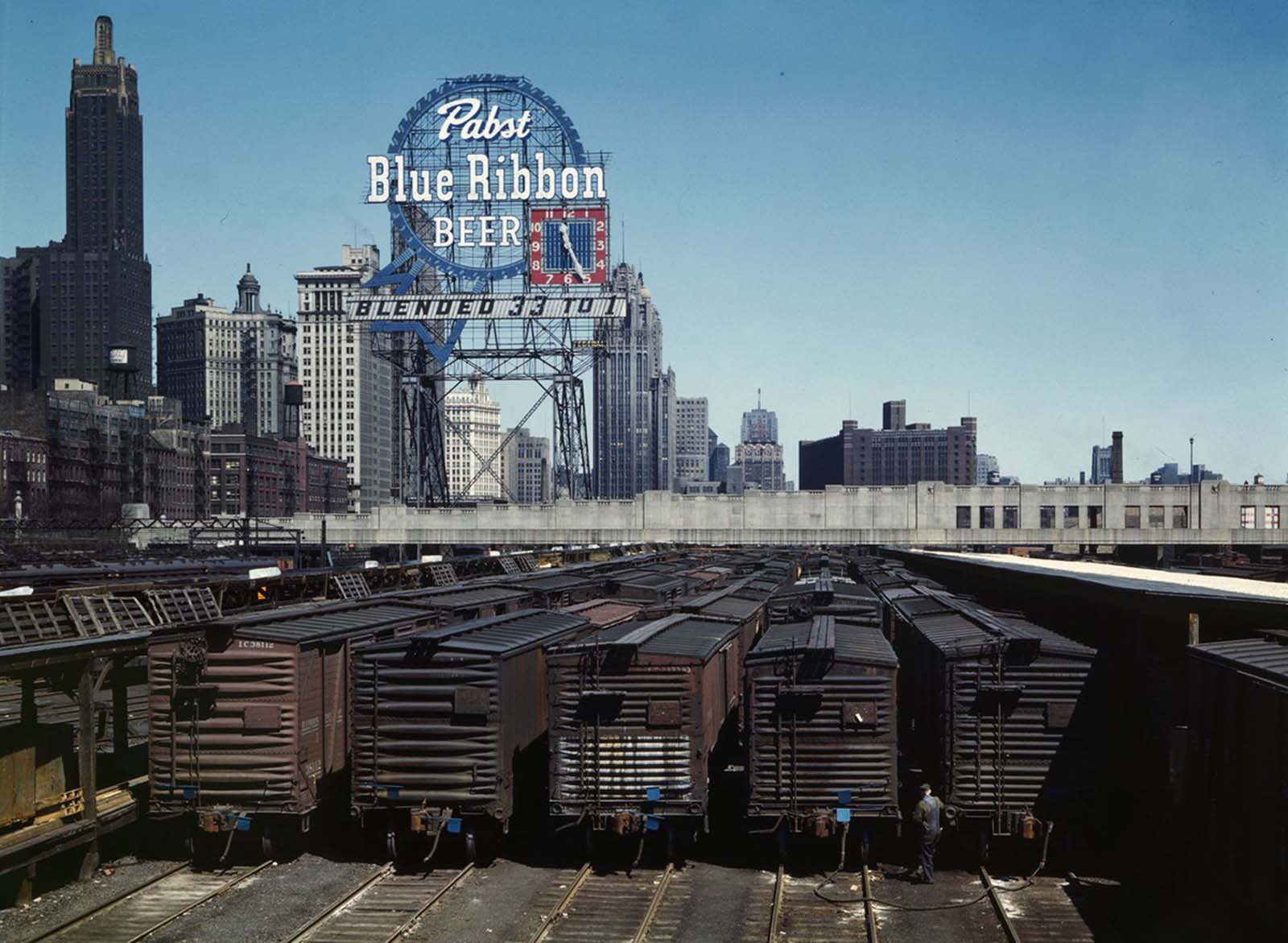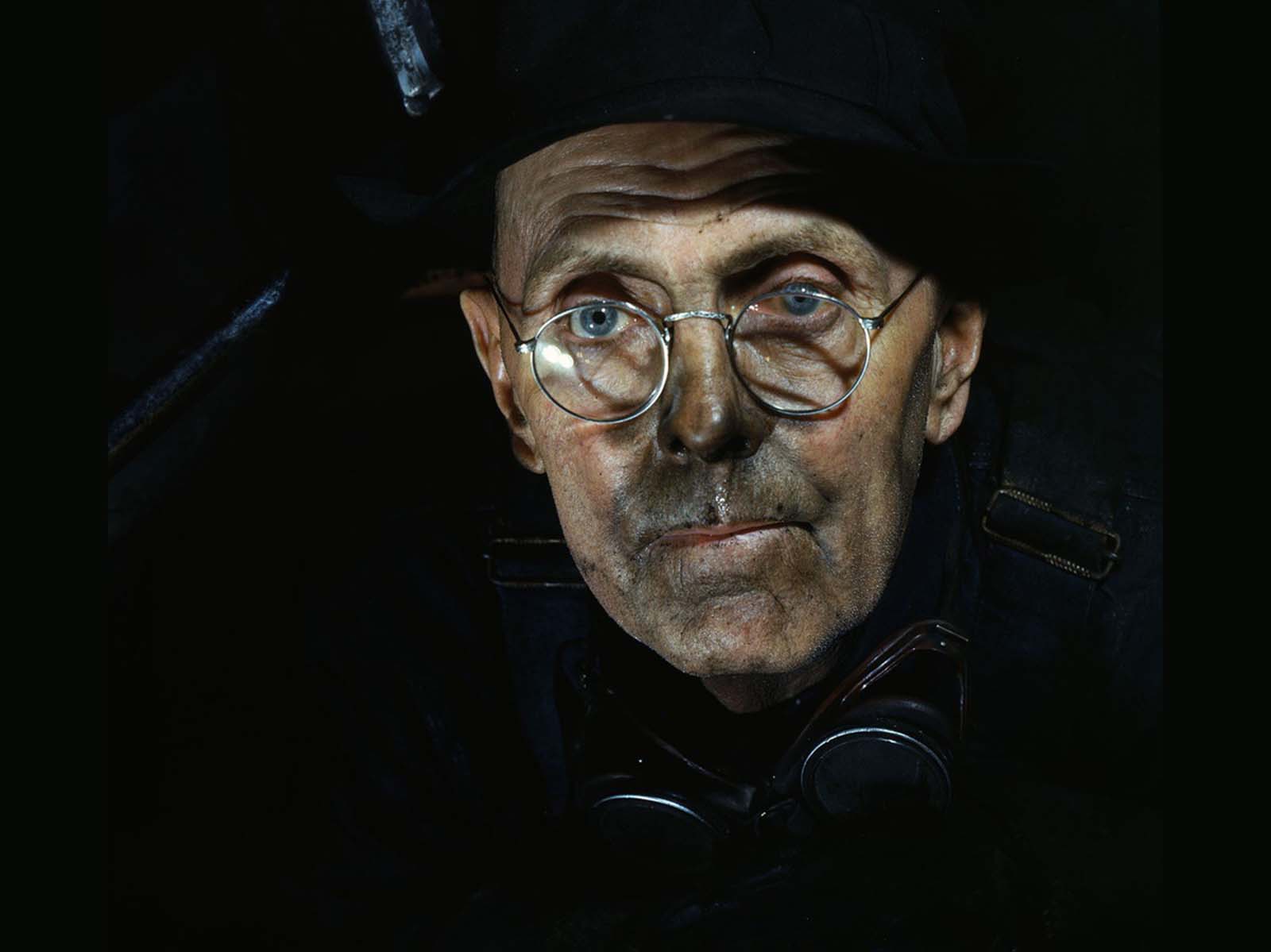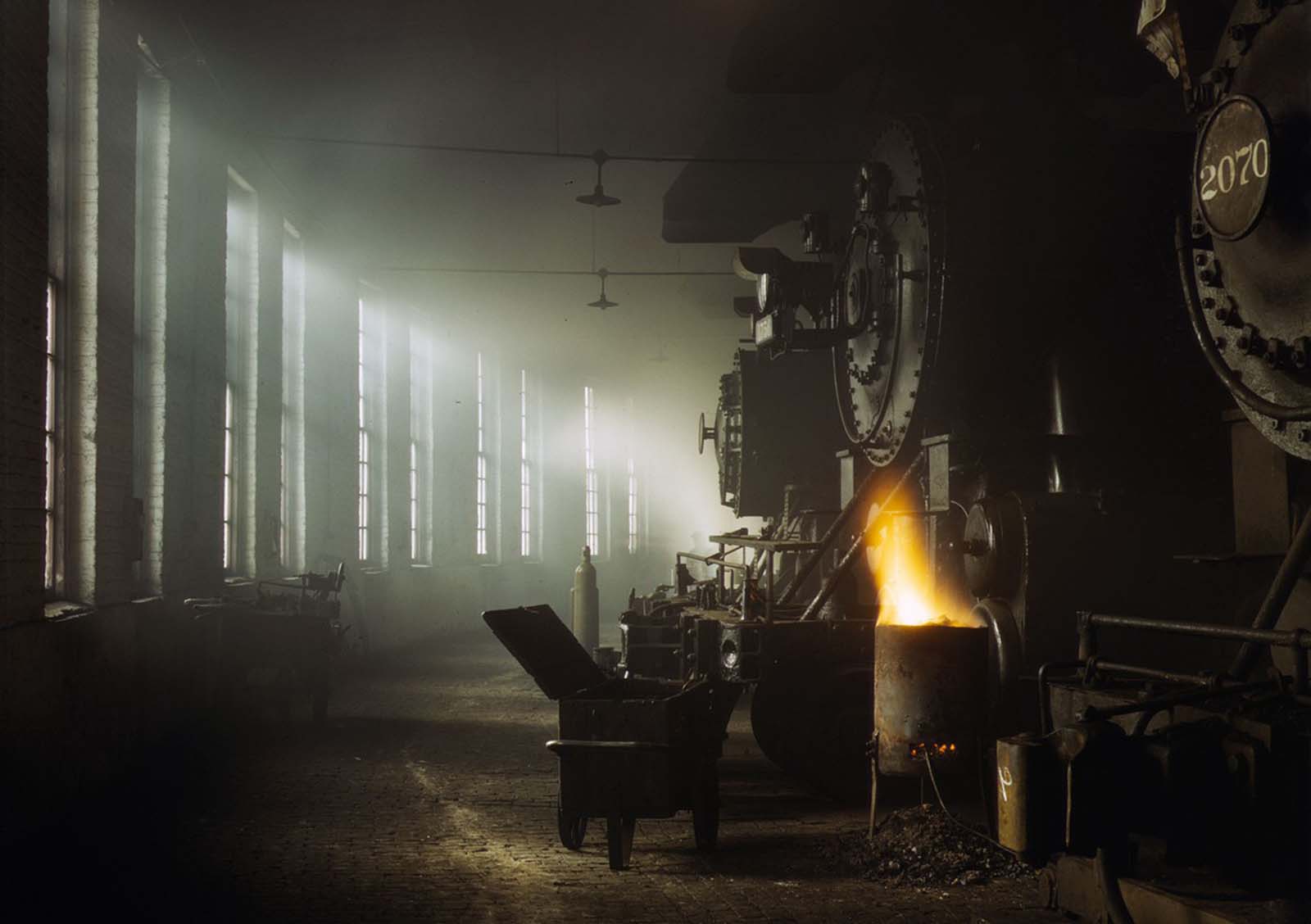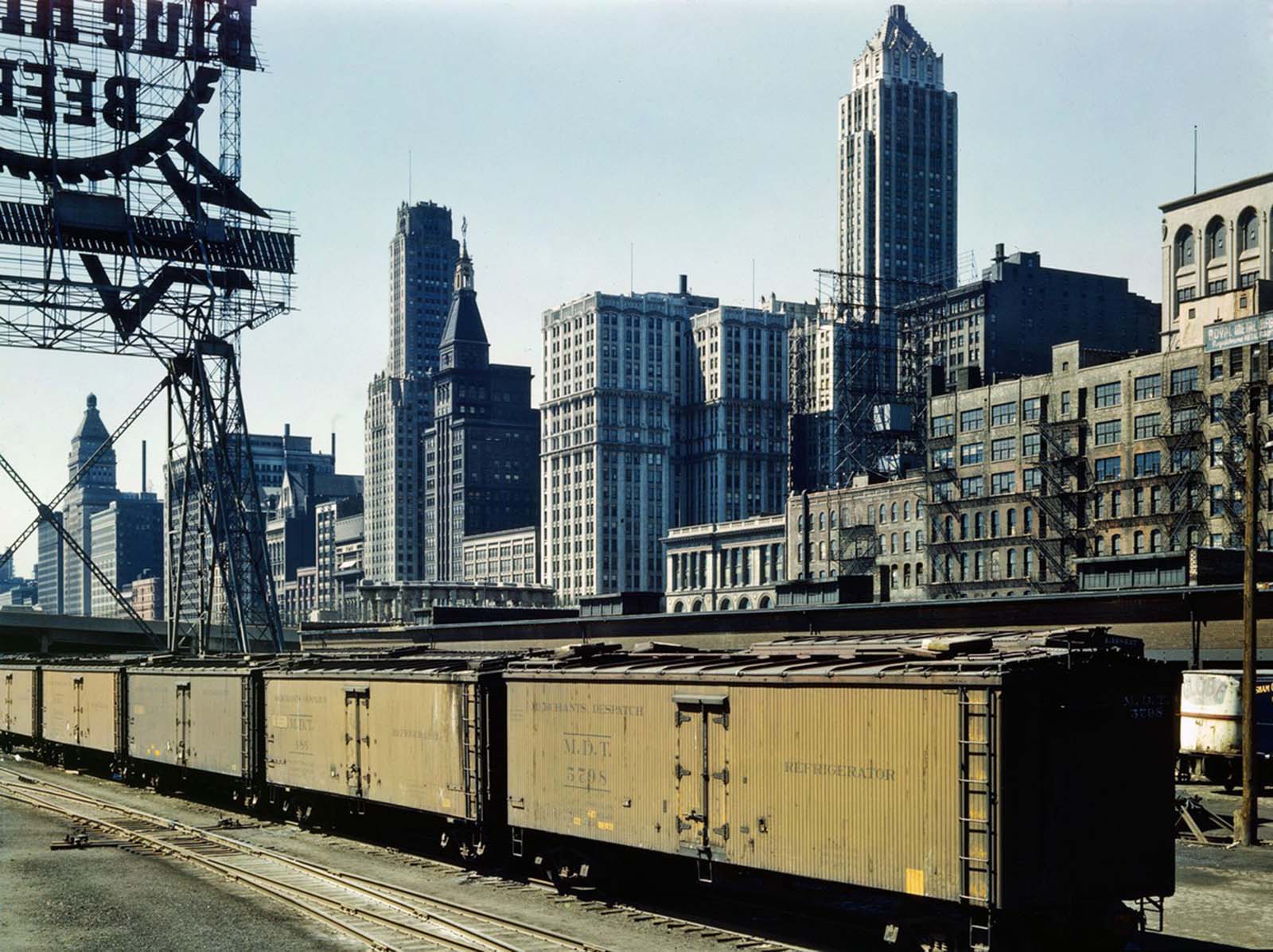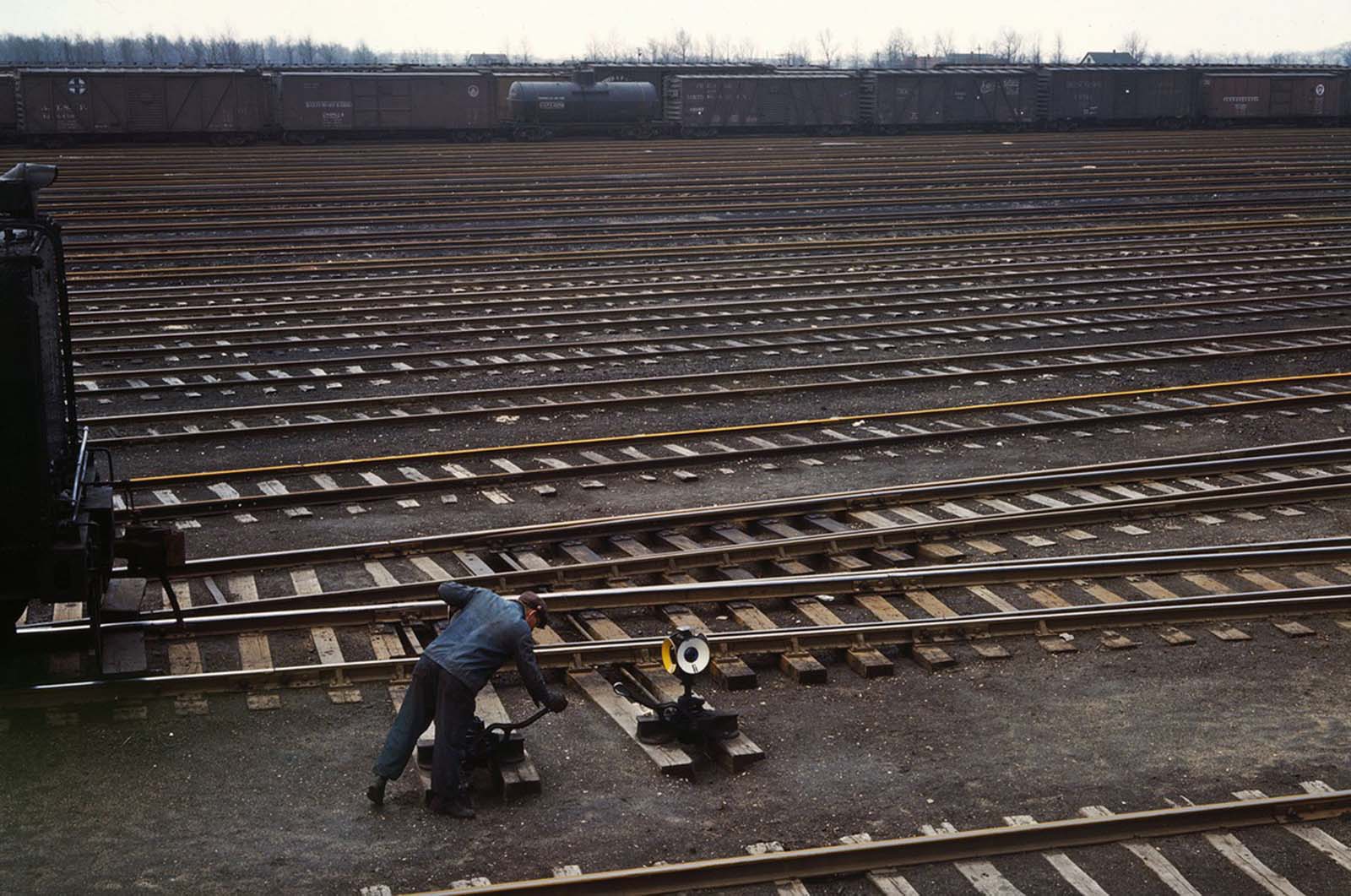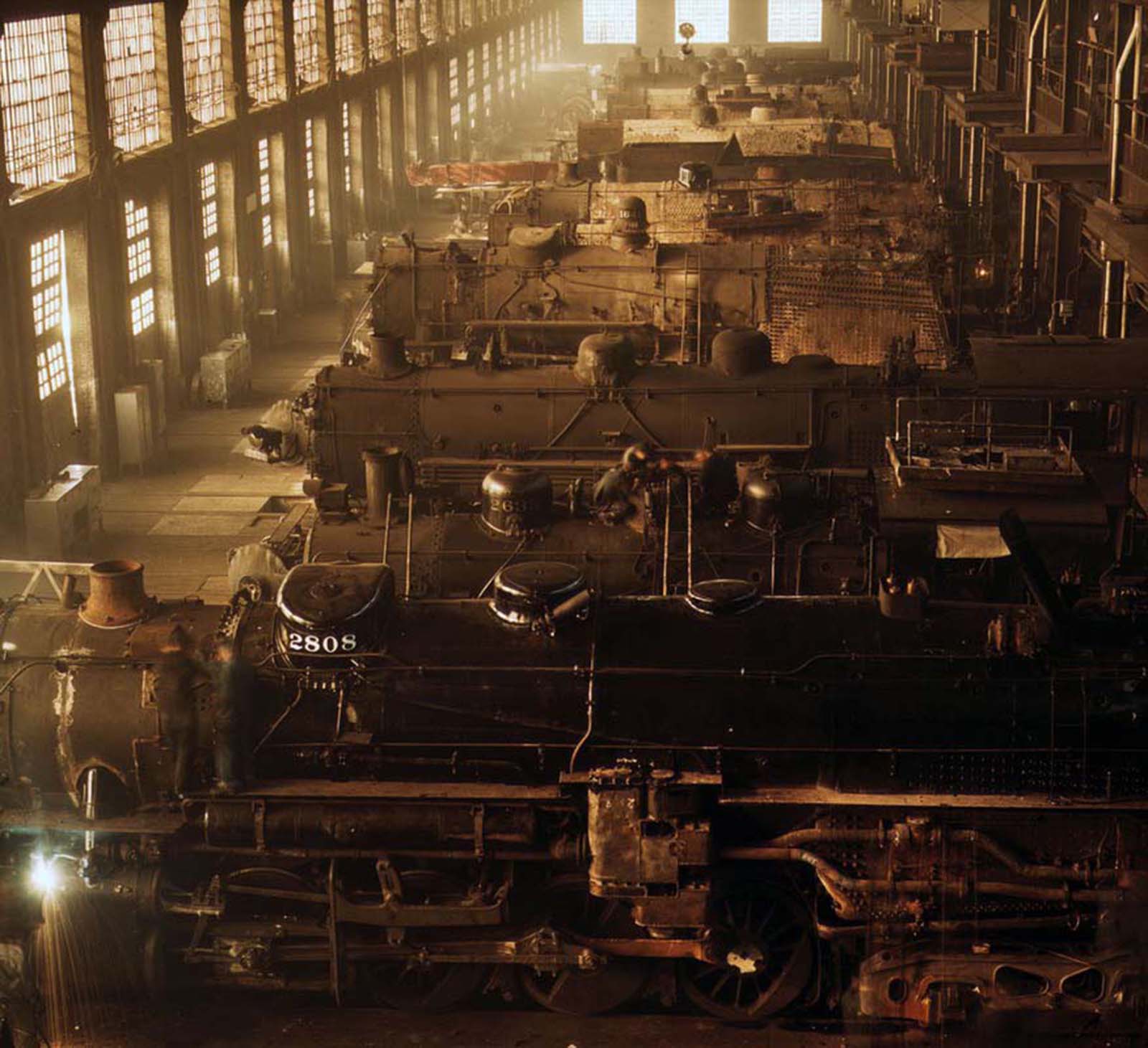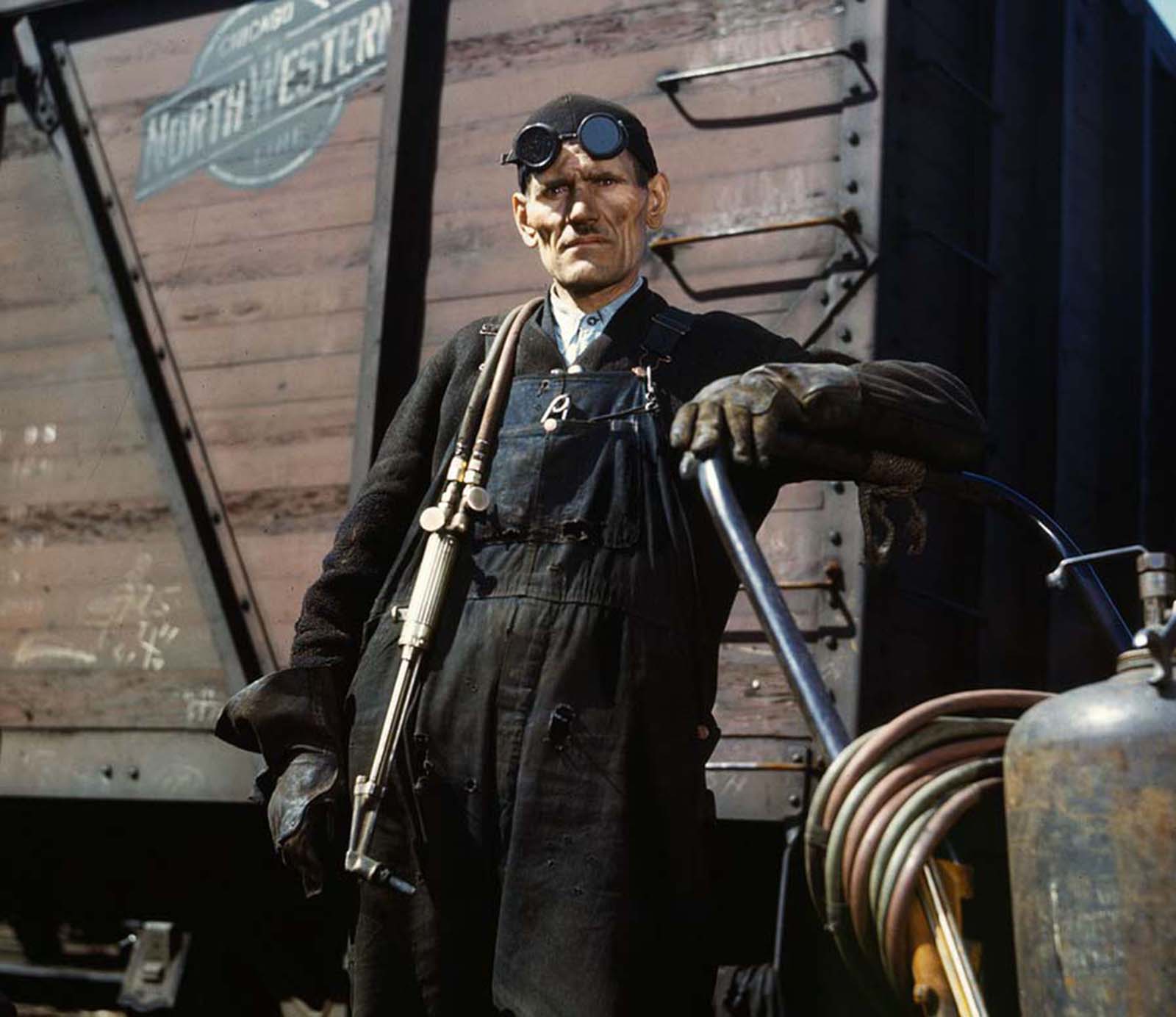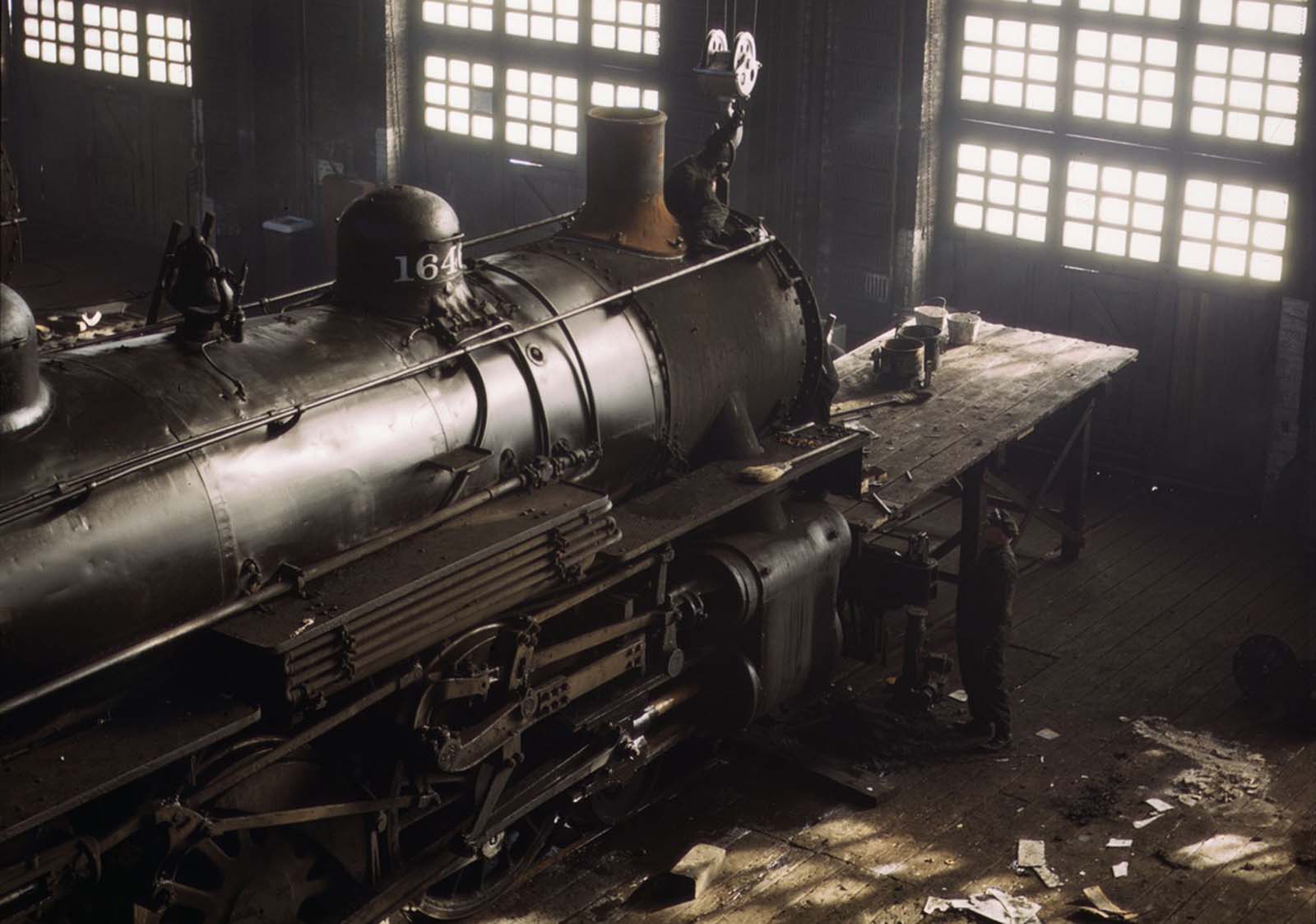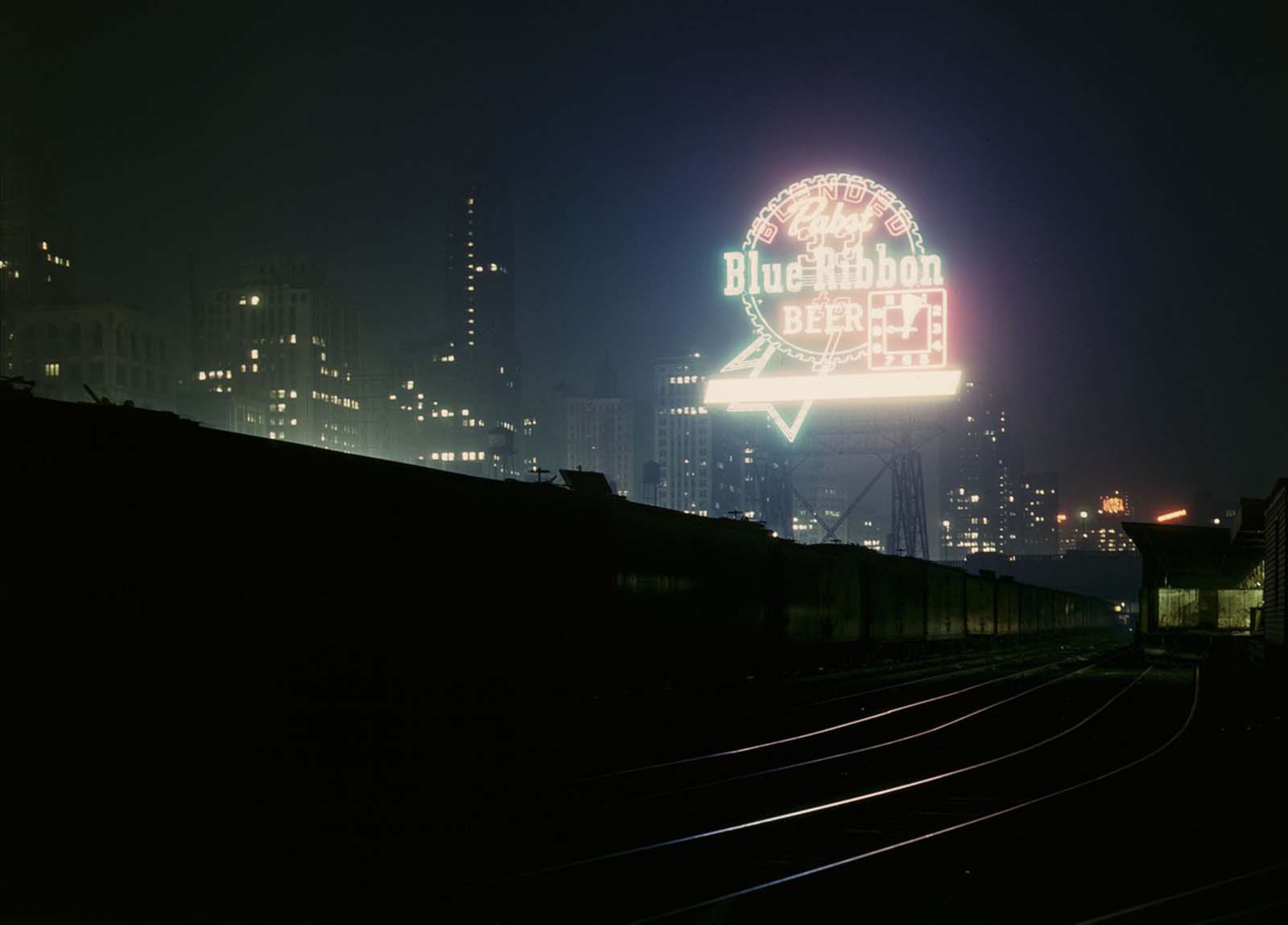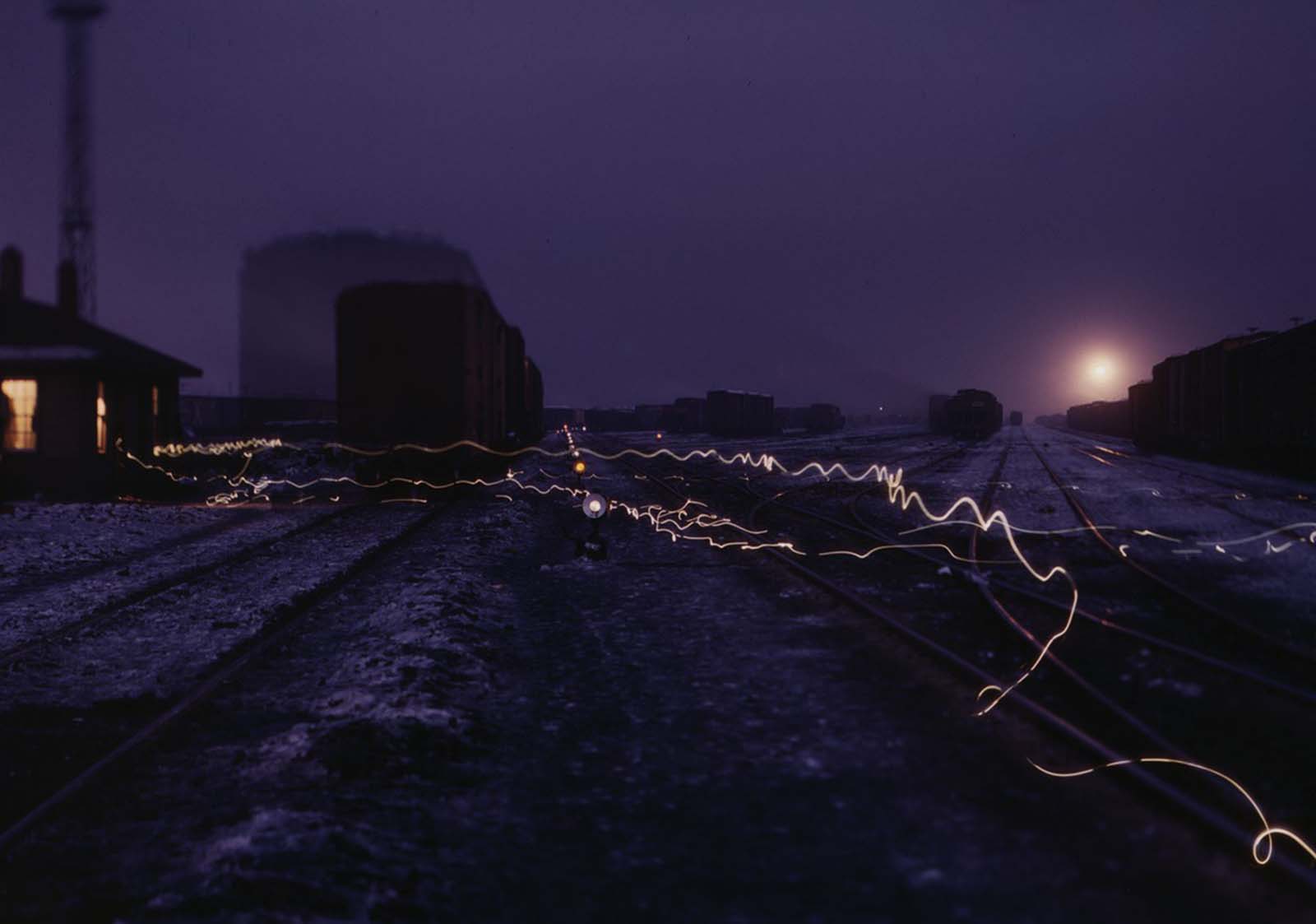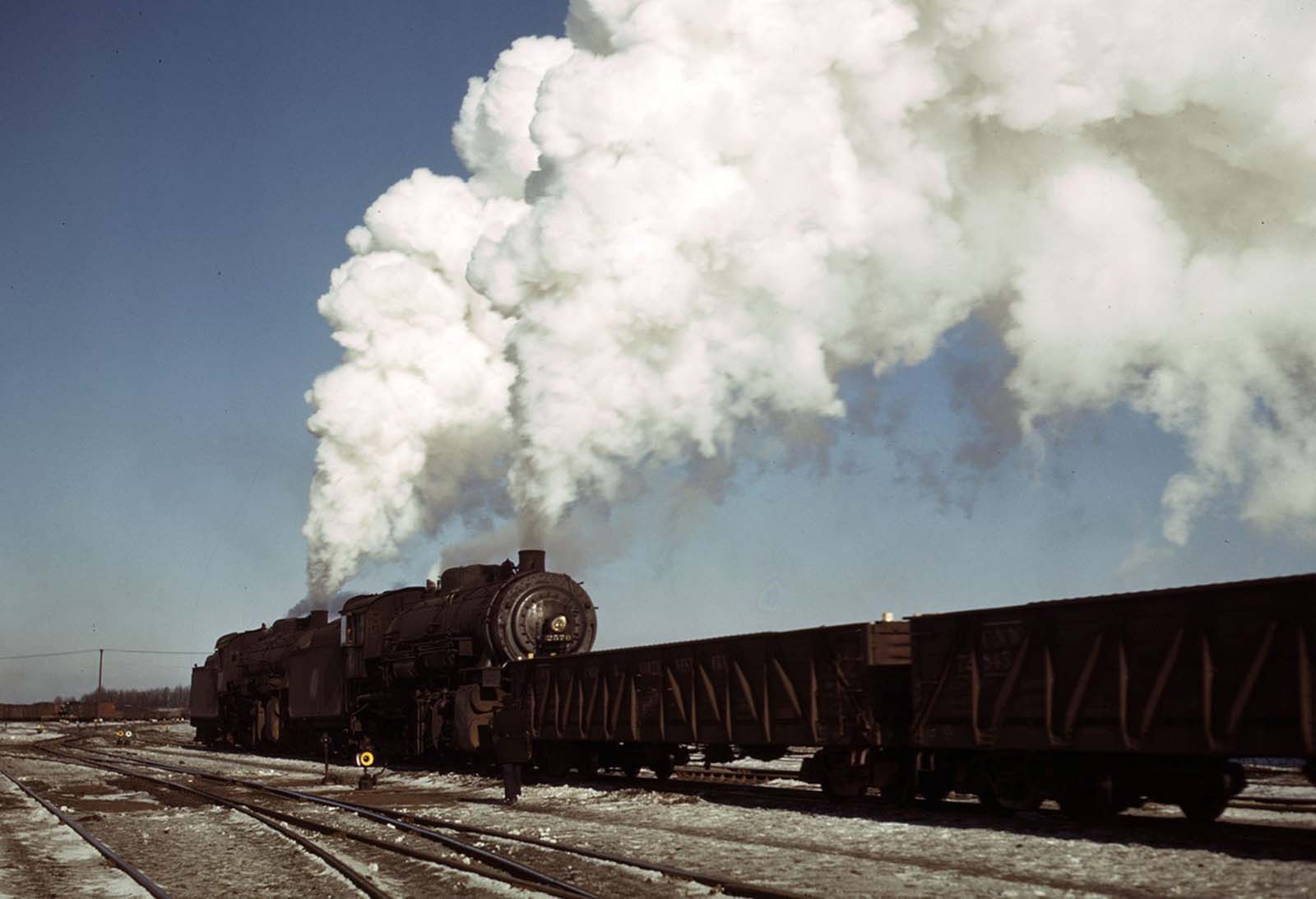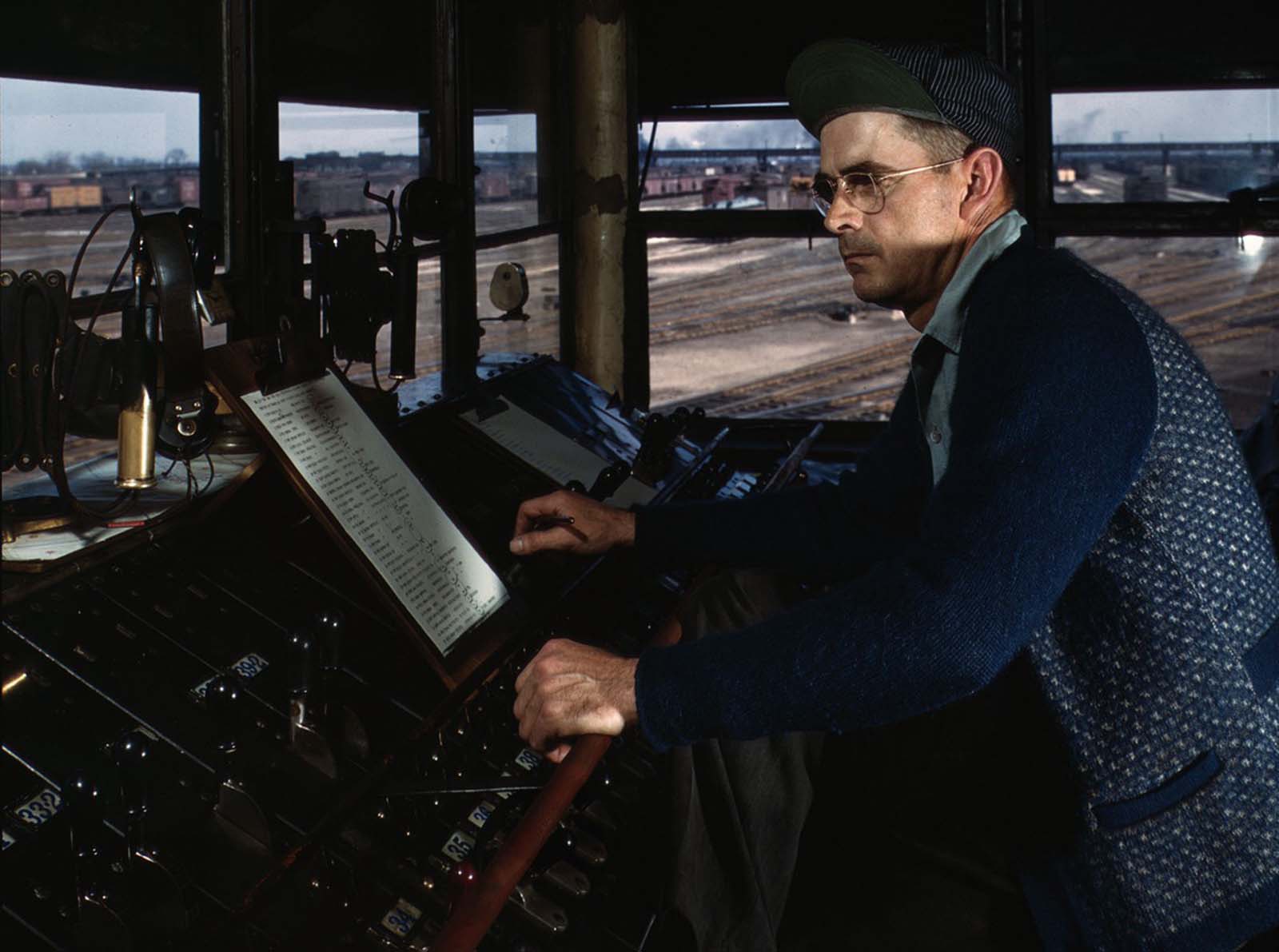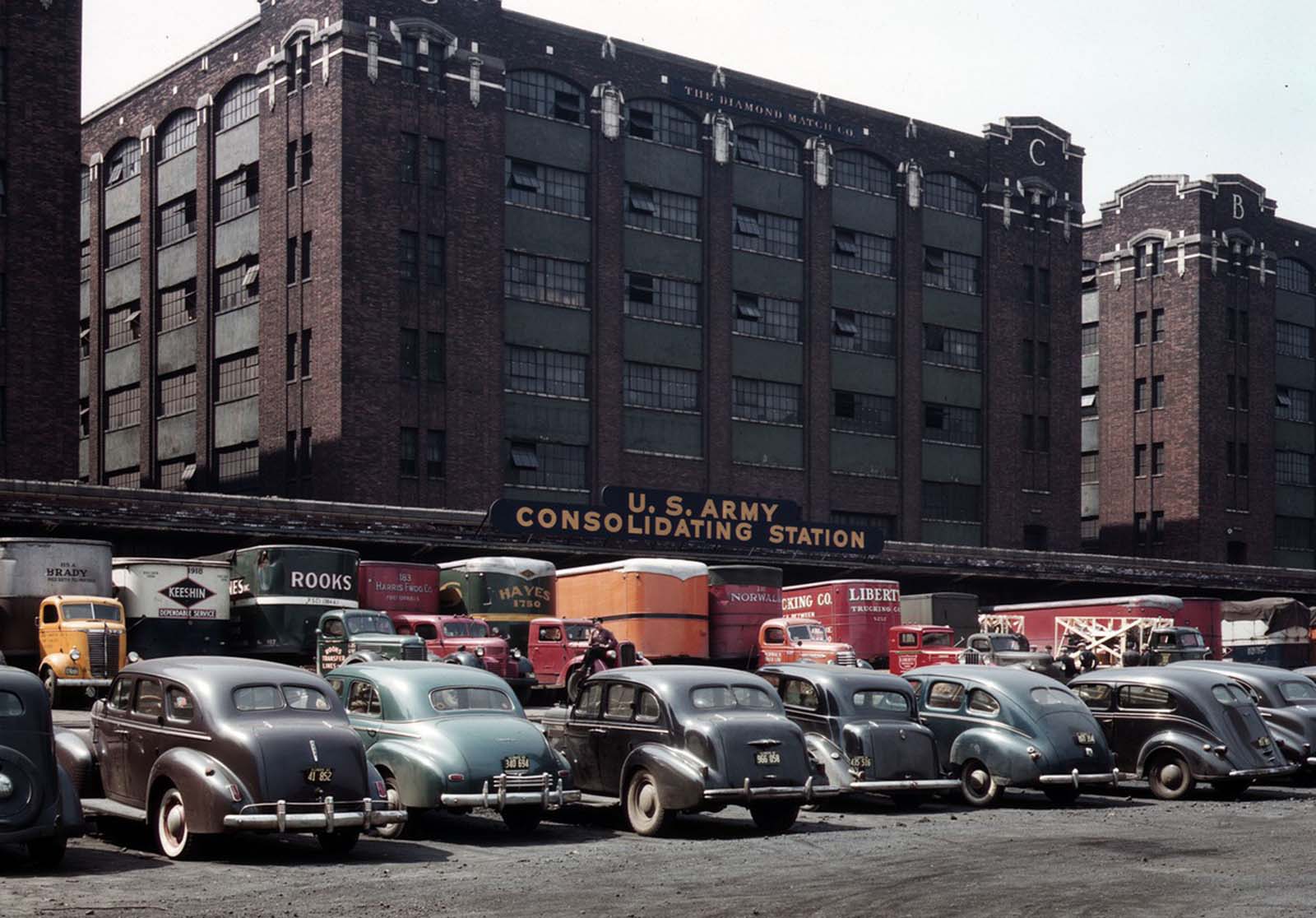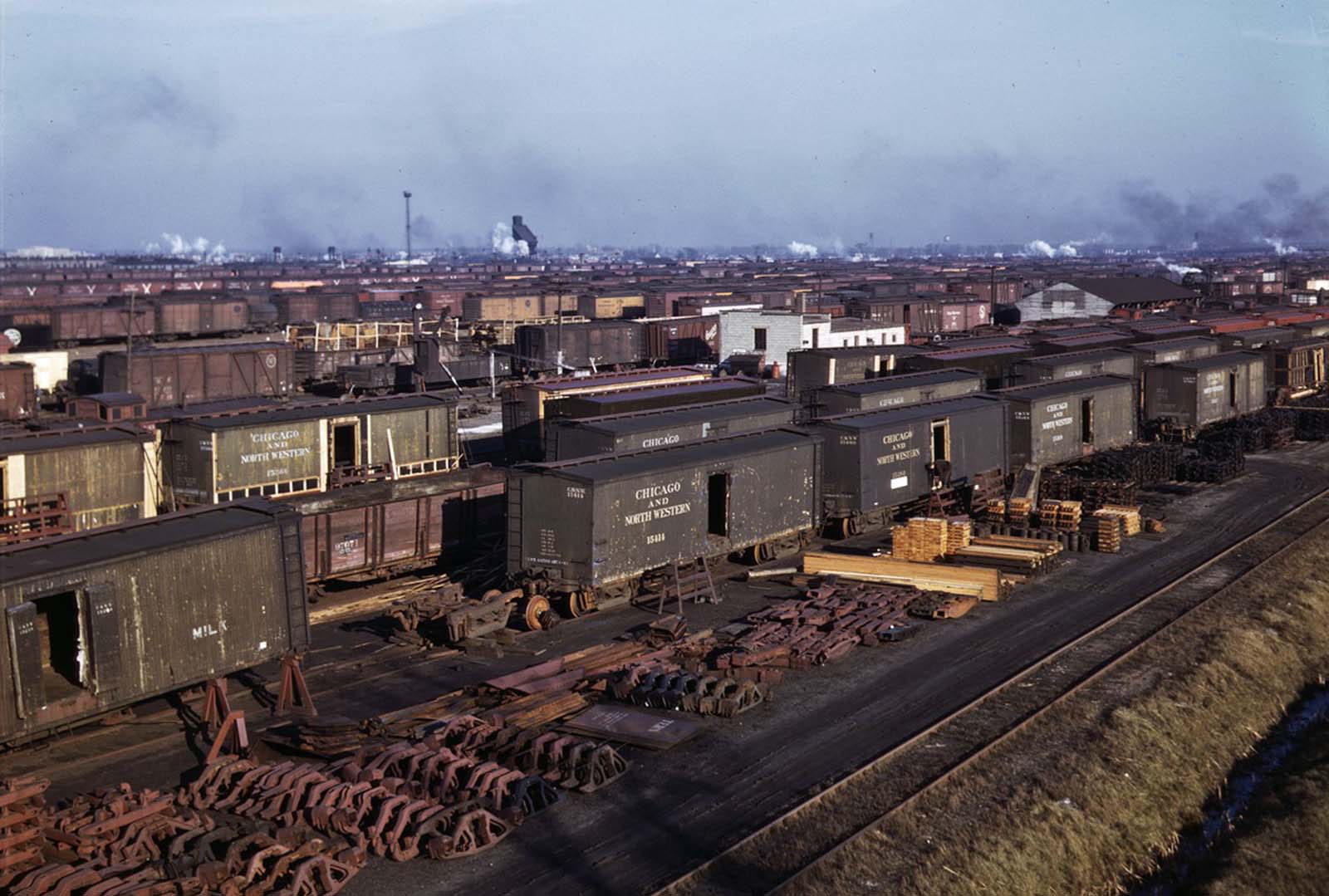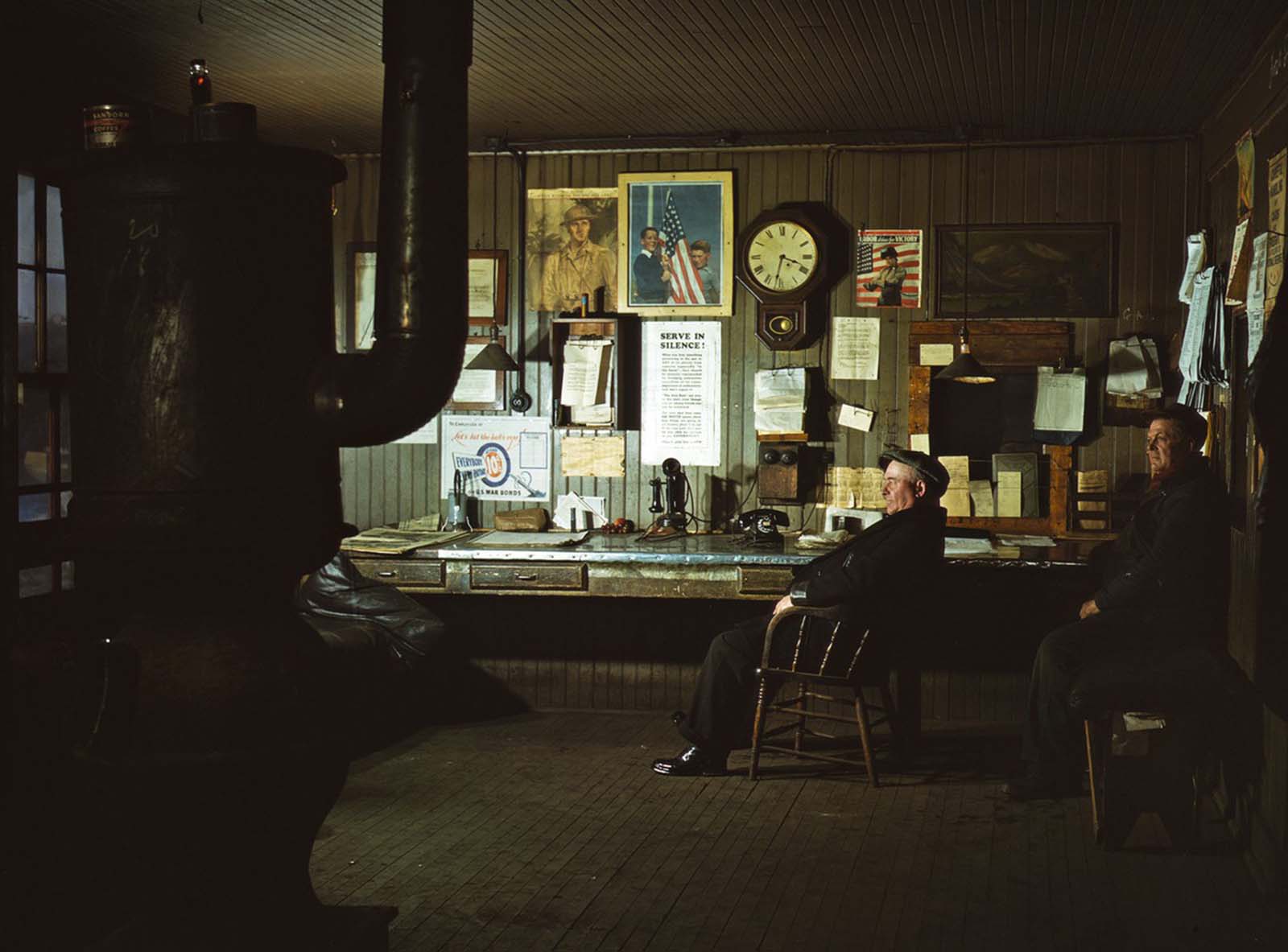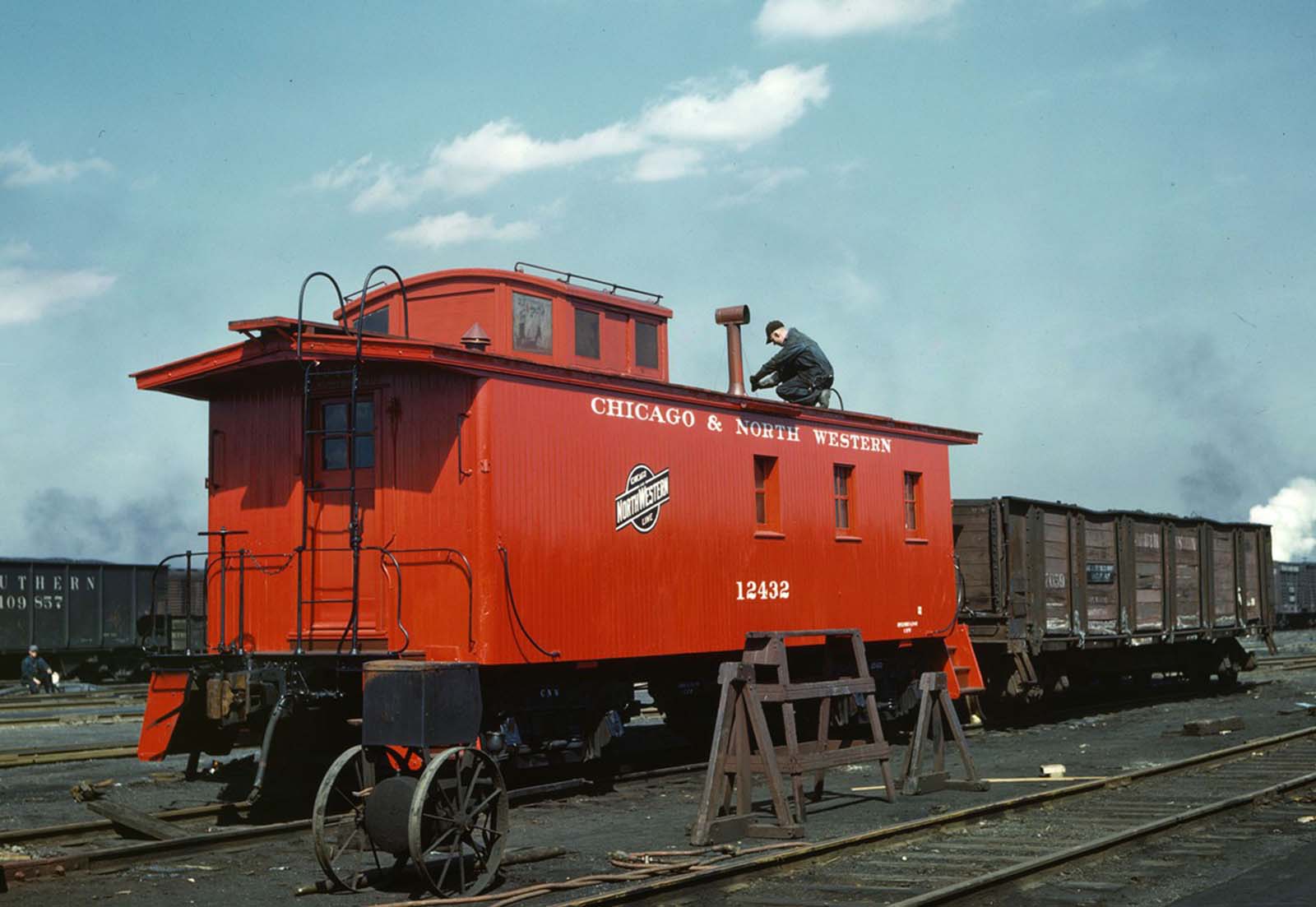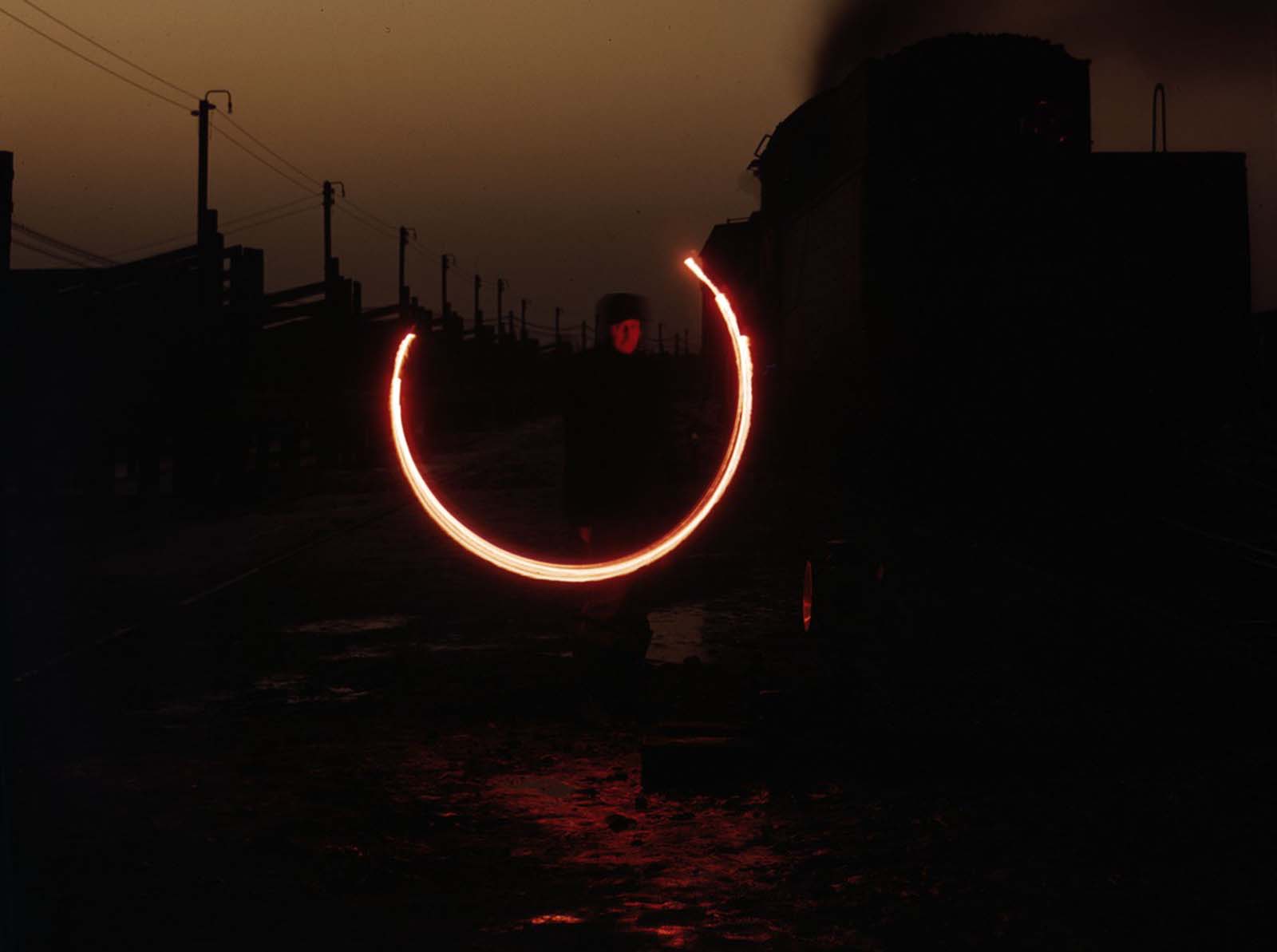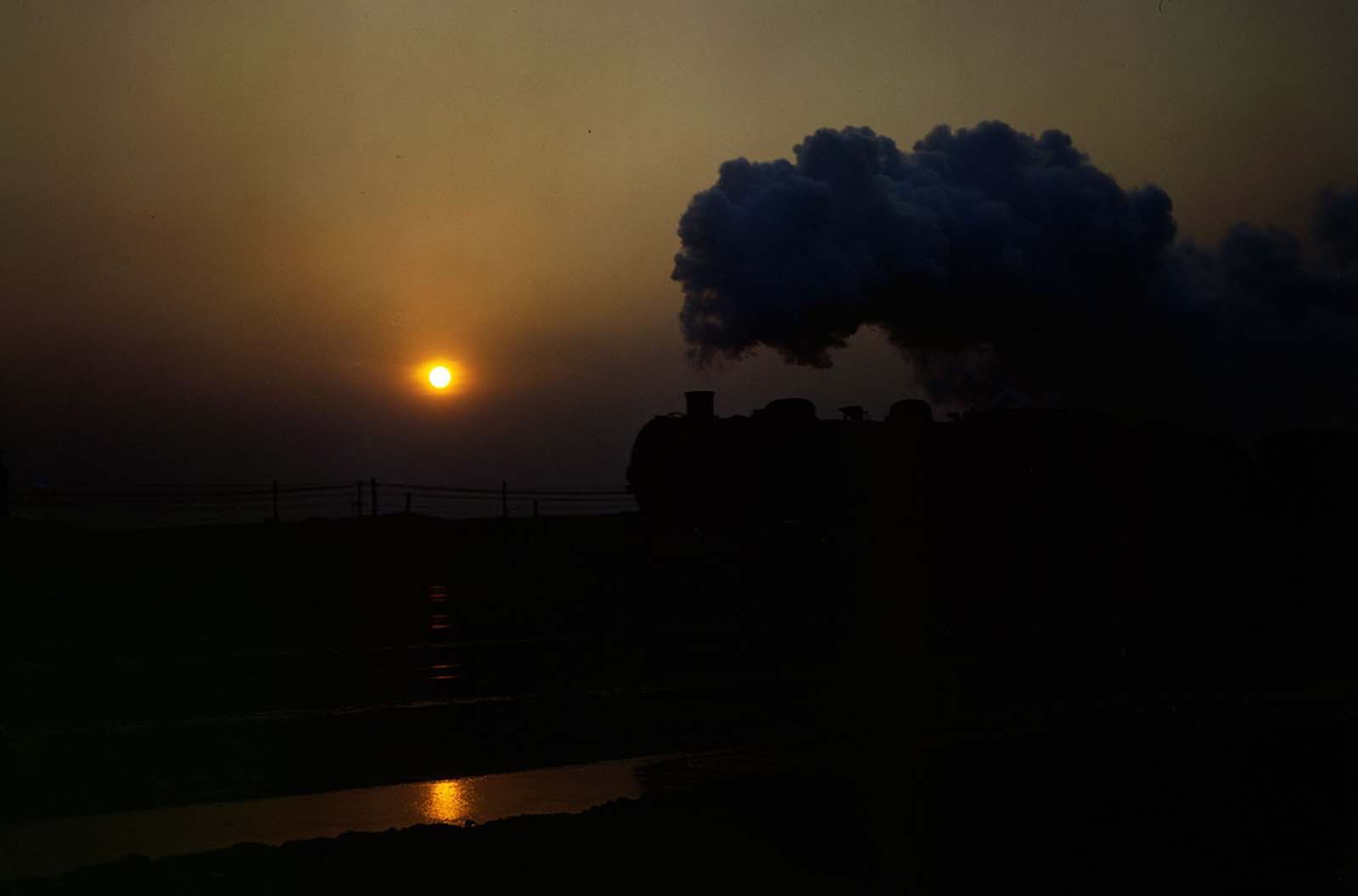More lines of track radiate in more directions from Chicago than from any other city in the United States. Chicago built its first rail connection in 1848 to connect the Windy City with the lead mines of Galena, Illinois. Later lines connected the city with Detroit, Cleveland, Cincinnati, New Orleans, St. Louis, Kansas City, Omaha, and St. Paul. Chicago has long been the most important interchange point for freight traffic between the nation’s major railroads and it is the hub of Amtrak, the intercity rail passenger system. By the beginning of the 20th century, no fewer than 30 interstate routes fanned out from the city, and the resulting ease in reaching both raw materials and markets contributed to the city’s rapid commercial and industrial development. Most important of all, Chicago was the terminus of every one of the railroads; passengers, raw materials, and finished goods all had to be transferred between lines in the city, thus contributing to an extraordinary development of hotels, restaurants, taxicabs, warehouses, rail yards, and trucking companies. Railroads were especially important as haulers of grain and livestock, which helped Chicago gain a primary role in the grain marketing and meatpacking industries. Trade encouraged ancillary industries such as the manufacture of steel rails and railroad equipment, shipbuilding, packaging, and printing, as well as the development of hotels and restaurant facilities. The largest of these yards include Proviso and Bensenville on the western edge of the city, Clearing Yard in Bedford Park, Barr and Blue Island Yards on the far South Side, and Corwith Yard near the Stevenson Expressway. Until the 1960s the Chicago Loop contained six major railroad terminals for intercity rail passenger traffic. Passengers traveling between the East and West Coasts often had half a day to spend in Chicago between trains and took advantage of the time by sightseeing. The decline of intercity rail passenger travel brought about by the advent of jet airlines led to the decline of the passenger train and the eventual consolidation of remaining services under Amtrak in 1971. (Photo credit: Jack Delano / Library of Congress / The Atlantic Magazine / Encyclopedia of Chicago). Notify me of new posts by email.
Δ Subscribe
